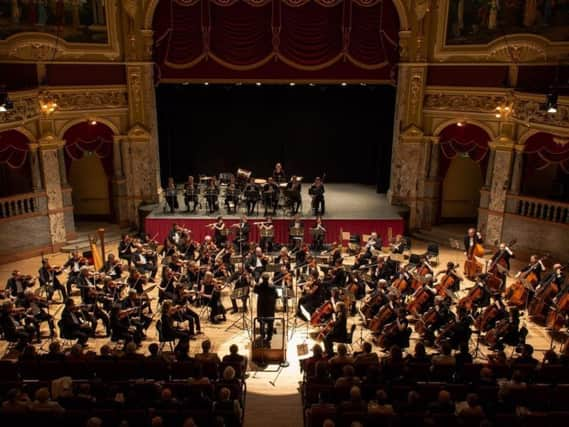Classical Chat: Tone poems write stories with sound


However, there is another kind of piece which directly sets out to tell a tale without being bound by the symphony’s formal rules.
These are the tone poems (or symphonic poems) and first appeared in the 19th century once the idea of narrative in sound had become fully established.
Advertisement
Hide AdAdvertisement
Hide AdAlthough various symphonies were written with story elements, many music historians credit Liszt with inventing the tone poem in the 1800s, producing a stream of pieces putting into musical form his interests in literature, poetry, painting and much more.
They quickly captured imaginations and have lost little of their appeal. Indeed today the idea is as popular than ever with comparatively fewer writers tending to put together pieces described only in formal terms.
At their best they are a thrilling listen with the twists and turns of the story providing opportunities for contrasting moods and ideas and some inventive ways of depicting events and characters in music.
Here’s five favourites to liven up some listening.
Dukas: The Sorcerer’s Apprentice. Made immortal by its appearance in Fantasia featuring one Mickey Mouse, this tale of a spell gone wrong leads from its shimmering, fairytale intro to a wild depiction of the madness dominated by an unforgettable bassoon theme.
Advertisement
Hide AdAdvertisement
Hide AdSaint-Saens: Danse Macabre. In just a few short minutes Saint-Saens whips up the chilling scene of a snow-flecked graveyard with skeletons dancing to the ghostly tune of Death’s fiddle. Xylophones for the rattling bones, the sinister-sweet main tune (used in TV show Jonathan Creek) and a very clever ending when morning breaks.
Richard Strauss: Ein Heldenleben. Strauss wrote 10 tone poems and most are worth listening to but for sheer audacity his 40-minute musical autobiography takes some beating. Astonishing depictions of his cackling, sniping critics and an extraordinarily luminous (if egotistical) conclusion where he retires, reassured by excerpts from his own pieces.
Sibelius: Tapiola. The Finnish composer’s final work comes from the country’s epic the Kalevala and transports the listener straight to a land of icy, wintry forests. Brrrr!
Debussy: Prelude a l’apres-midi d’un faune. The afternoon dreaming of a young faun in the sun caused a sensation when it was premiered with its unique atmosphere of longing created right from the trance-like flute opening.